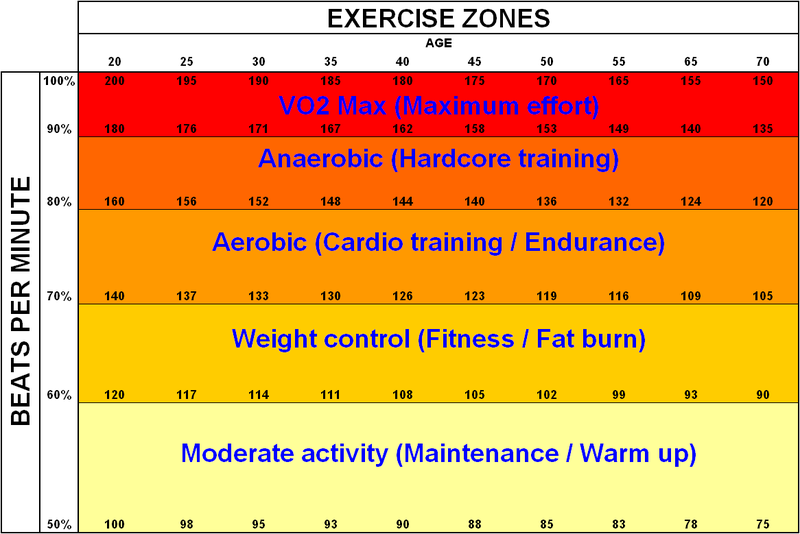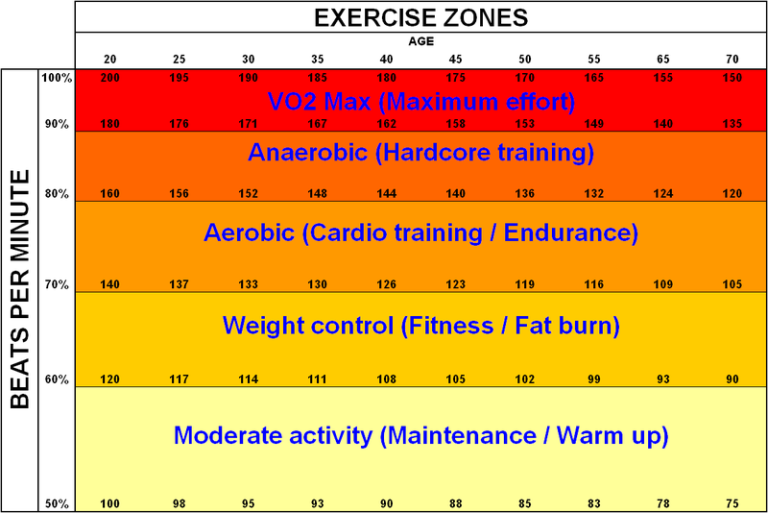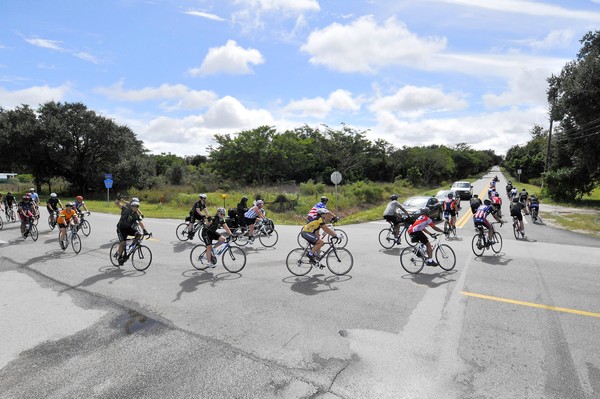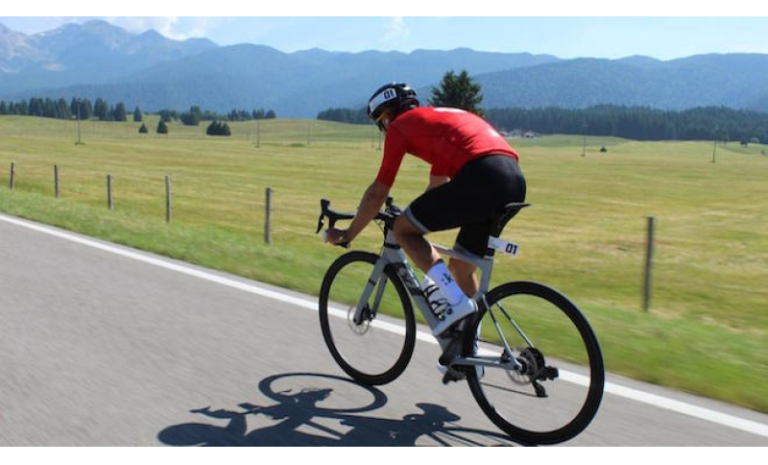Using Heart Rate Zones in Training for Ultra-Cyclists
For ultra-cyclists, mastering advanced training techniques isn’t just an option; it’s a necessity. These athletes push physical and mental limits, demanding rigorous preparation and precise strategies. Utilizing heart rate zones in training provides critical insights into exercise intensity, making it an invaluable tool for ultra-cyclists aiming to enhance performance. By focusing on Specialized Endurance Training and understanding Cycling Performance Metrics, cyclists can effectively tailor their workouts for optimal outcomes.
Understanding Heart Rate Zones
Heart rate zones are essential for structuring training. They help cyclists gauge exercise intensity and are key markers in identifying one’s aerobic threshold and anaerobic threshold. Here’s a breakdown of the various heart rate zones:
Zone 1: Recovery Zone
This zone is crucial for recovery rides, promoting blood flow and aiding recovery without adding significant fatigue. Training in this zone enhances cardiovascular health and prepares the body for more intense workouts.
Zone 2: Fat Burning Zone
Often referred to as the fat-burning zone, this area primarily uses fat as fuel. It’s ideal for building an aerobic base, which is vital for ultra-cycling endurance.
Zone 3: Aerobic Zone
The aerobic zone enhances fitness levels by improving VO2 max and increasing the capacity for sustained exercise. It’s typically used during long, steady rides.
Zone 4: Lactate Threshold Zone
Training just below or above the lactate threshold boosts the ability to sustain high speeds and hard efforts, critical for performance in competitive cycling.
Zone 5: Anaerobic Zone
In this high-intensity zone, athletes work close to their maximum heart rate. It’s used for short bursts, such as in interval training, to improve power and speed.
Interval Training for Endurance Cycling
Interval training is a highly effective method for ultra-cyclists to increase endurance and power. By varying intensity and using heart rate monitoring to guide efforts, intervals can push boundaries without overtraining.
High-Intensity Interval Training (HIIT) for Cyclists
HIIT involves short bursts of intense exercise followed by recovery periods. This training style can lead to quick improvements in anaerobic threshold, accelerating fitness improvements and boosting metabolic rate.
Power-based Training for Ultra-Cycling
Power-based training focuses on improving the watts produced per kilogram of body weight (W/kg), an important cycling performance metric. Using power meters alongside heart rate monitoring allows for precise training adjustments.
Using Heart Rate Zones for Effective Training
Utilizing heart rate zones allows for personalized training and workout optimization. Ultra-cyclists can tailor sessions based on specific goals, whether increasing endurance, enhancing power, or improving recovery.
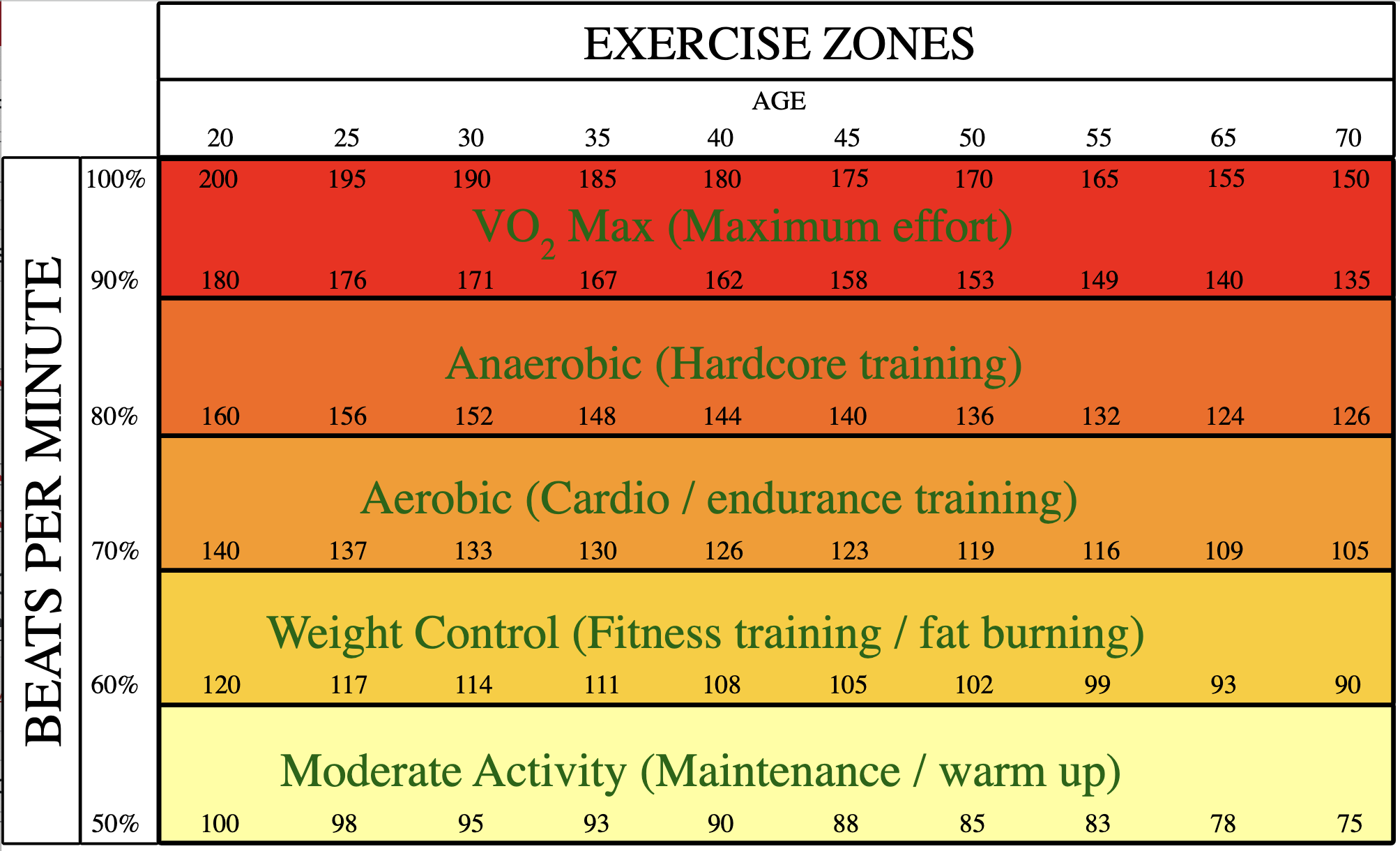
Cycling Performance Metrics
Advanced metrics enhance the understanding of performance and areas for improvement. These include:
Cycling Cadence
Cycling cadence refers to the rate at which a cyclist pedals. Finding the optimal cadence can lead to more efficient energy use and improved endurance.
VO2 Max Improvements
As a key indicator of cardiovascular fitness, increasing VO2 max is vital for cyclists. Structured training, including interval and zone-focused exercises, can lead to significant improvements.
W/kg Ratio
The power-to-weight ratio is critical in cycling. Training programs emphasizing power output (watts) and maintaining or reducing body weight can improve this metric significantly.
Mental Resilience and Motivation
Beyond physical conditioning, mental resilience plays a crucial role in ultra-cycling. Techniques to bolster mental strength include:
Mindfulness Techniques
Practicing mindfulness can enhance focus and reduce stress, pivotal during lengthy and challenging rides. Simple breathing exercises can ground cyclists and improve concentration.
Visualization Exercises
Visualizing successful outcomes and feeling the experience in advance can boost confidence and performance on race day, crucial for overcoming self-doubt or anxiety.
Overcoming Race-day Anxiety
Developing a pre-race routine and self-talk strategies can help cyclists manage stress and maintain composure during competition.

Data and Metrics: Backing Up the Approach
Scientific research supports using targeted heart rates and performance metrics for training in ultra-cycling. Studies have shown improvements in VO2 max and W/kg contribute directly to enhanced athletic performance. For instance, regular use of heart rate monitoring can lead to a 10-15% increase in these metrics over six months of disciplined training. Additionally, cyclists adhering to structured interval sessions observe noticeable gains in endurance and power output.
User Intent and Benefits
Understanding user intent is crucial for applying these techniques effectively. Whether the goal is improving cardiovascular health, boosting endurance or increasing mental resilience, personalized, data-driven approaches help achieve these aims efficiently. Implementing these methods into training routines offers tangible benefits such as:
– Enhanced aerobic and anaerobic capacities.
– Improved recovery and reduced injury risk.
– Greater mental toughness and race-day confidence.
Conclusion
Advanced training techniques using heart rate zones are indispensable for ultra-cyclists aiming for peak performance. By incorporating these strategies, cyclists can experience remarkable improvements in endurance, power output, and mental resilience. Embrace these methods to unlock true potential and share the journey with fellow athletes. Keep pedaling and stay motivated!
FAQs
What are heart rate zones, and why are they important?
Heart rate zones are ranges that denote exercise intensity based on heart rate. They’re crucial for optimizing training by ensuring workouts meet specific intensity targets for desired performance outcomes.
How do heart rate zones help in ultra-cycling?
By training within specific heart rate zones, ultra-cyclists can focus on endurance, fat burning, recovery, and power, ensuring well-rounded conditioning for races.
What is the difference between aerobic and anaerobic thresholds?
The aerobic threshold is where fat is primarily used as fuel, beneficial for endurance activities. The anaerobic threshold is higher in intensity and uses glycogen as the main fuel source, ideal for short bursts of high-intensity efforts.
How can I measure my cycling cadence effectively?
Use a cadence sensor linked to a cycling computer to monitor real-time pedal strokes per minute, aiding in maintaining optimal cadence efficiently.
How often should I use interval training sessions?
Interval training should be incorporated 1-2 times a week into the training schedule, allowing adequate recovery between sessions for maximum benefit.
